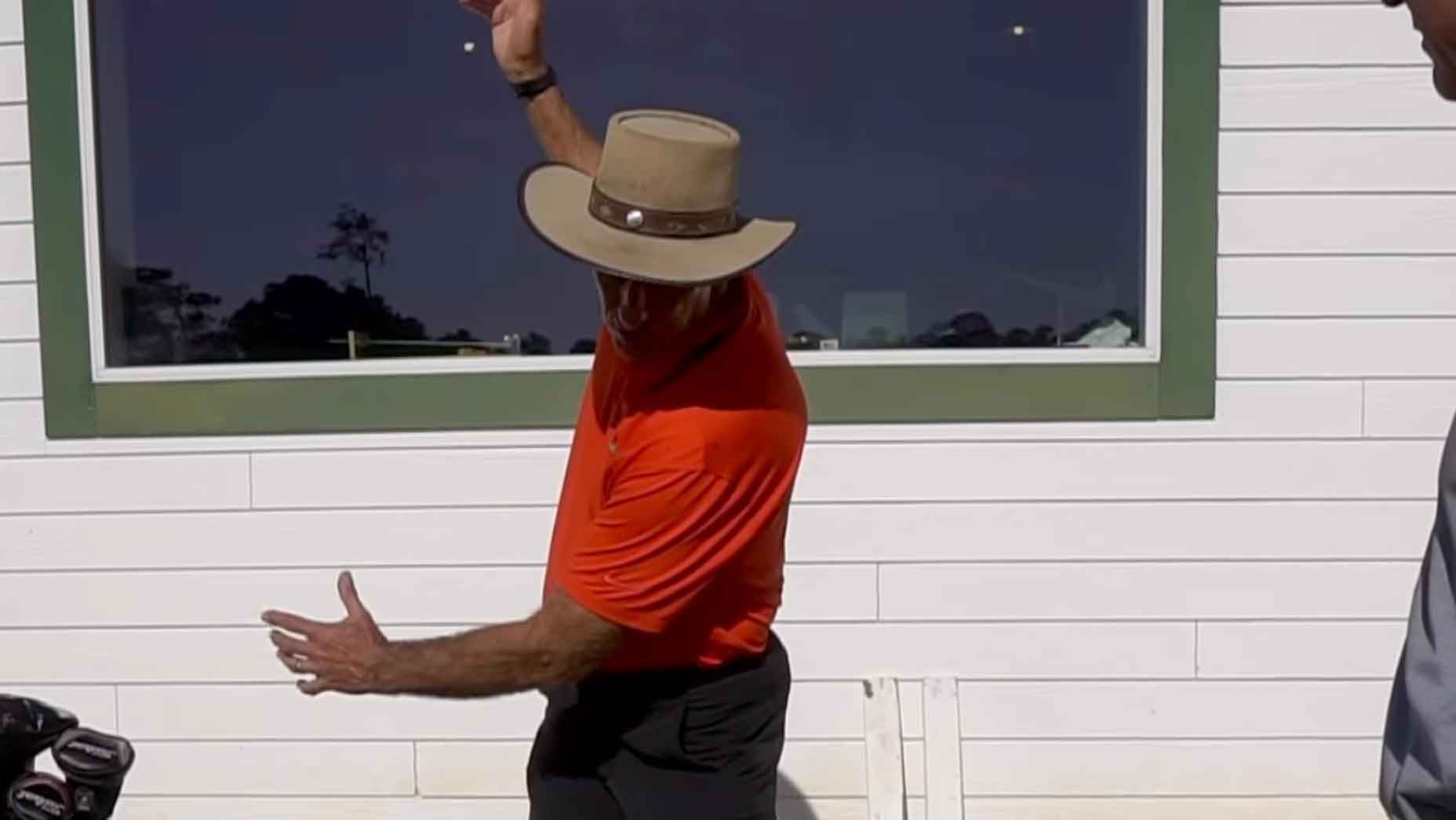Overswinging the golf club can result in plenty of inconsistent shots. That’s because, when more parts of a player’s body is moving, it’s more likely that the club gets out of position. When this happens, the body and club aren’t in sync, making it difficult for players to get back on the proper swing plane to make correct contact on the clubface.
Essentially, you’re doing more work than you need to, hoping that you’re athletic enough with above-average hand-eye coordination to correct the overswing.
But because we’re in the business of helping amateurs improve their golf game, we’re relying on GOLF Top 100 Teacher Mike Bender to share some of his favorite tips in order to stop overswinging, compact your swing and see more consistent contact with each shot you take.
How to stop overswinging
In the video below, Bender provides some tips to focus on if you have a tendency to overswing. Check out the video first, and then take a look beneath to read what he has to say to correct the common swing flaw.
Imagine wringing a towel
Bender compares the golf swing to wringing a towel out to dry. In the video above, he demonstrates how people will rotate one end of the towel one way, then do the other side, showing a coil motion. He says this is how players should approach their golf swing to correct overswinging issues.
“For people who turn wrong with their hips, they get these long backswings because there’s no coil. But by coiling up, I’m staying wide, so it’s really hard to overswing. As those arms come down, I feel like I want to unwind the right way.”
Use an elastic band to create tension in your swing
While Bender talks about coiling in the swing, one way players can practice this feeling is by creating tension. This is where having an elastic band is handy, with players able to create some resistance to allow their bodies to “coil” the right way.
As Bender put it in his Instagram caption, “how you turn can have a significant influence on how long you swing.”
By using a resistance band, you’ll start to feel where you’re turning at the top of the backswing, and you’ll get the feel for staying wide in your stance. All you need to do is put one end of the band beneath your lead foot, and the other end around the grip of your club — now give it some practice swings.
Work on weight distribution
Finally, overswinging is often caused by reverse pivoting. This means you’re not distributing your weight properly, and you tend to shift forward in the backswing — making it more difficult to get the club square to the ball in your downswing. Stop relying on your hands to do more work. Instead, practice rotating your hips and lower back, generating that coil motion Bender talks about in the video for proper weight distribution.
